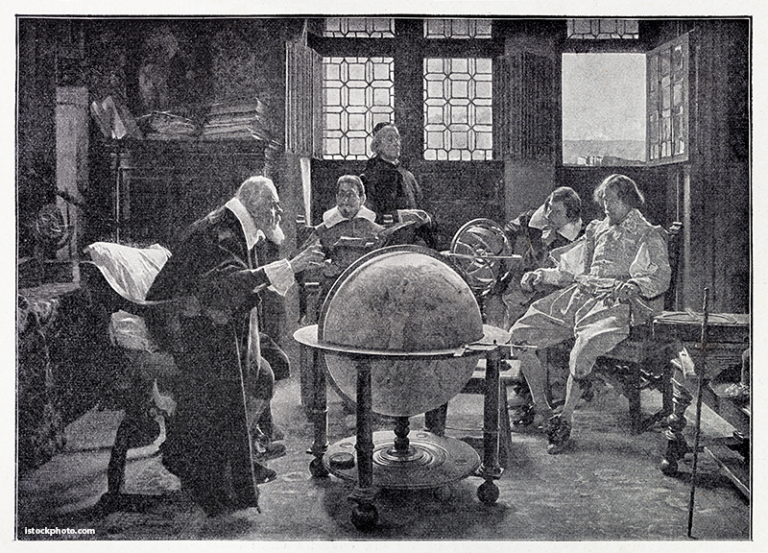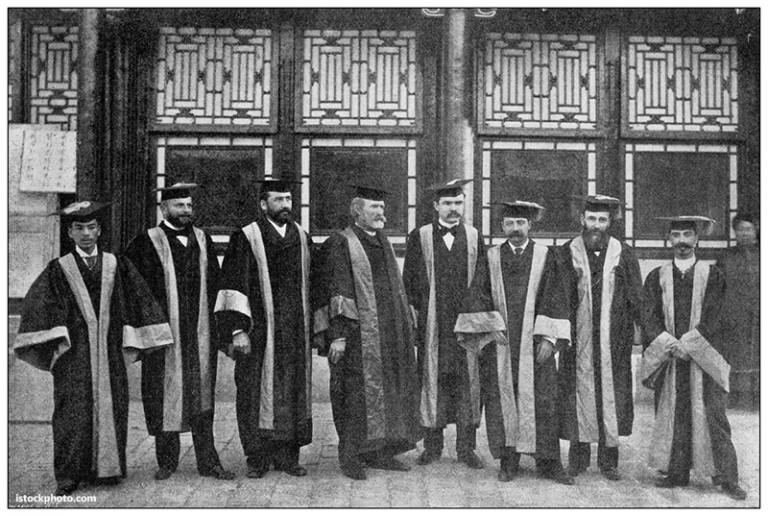Good universities provide economic growth by pursuing their primary purpose: Universities must cultivate the human spirit and, simultaneously, build the capacity of the mind with a challenging academic environment. Positive growth always follows.
“Only when the human spirit is allowed to invent and create, only when individuals are given a personal stake in deciding economic policies and benefiting from their success — only then can societies remain economically alive, dynamic, progressive, and free.”
Ronald Reagan
______________________________________________________________________________
Economic development contributions by universities measured by growth in enrollment are shortsighted, especially if academic quality is diminished.
My barber looks out on a street in our community. Recently he mentioned the traffic count is down, and suggested that something was awry. He has stood in that shop and watched the ebb and flow of people outside his window for almost forty years, every day. His observations merit attention.
His shop is like Plato’s Cave. The inhabitants of the allegorical cave were chained to a wall so that all they could see were shadows of activity, but nothing more. Shadows became reality. However, as one inhabitant found out when he was released, the shadows and their cause were not the same thing. Apologies to students of Plato for this crude characterization.
Likewise in universities, economic development is not simply the number of students, although student headcount is a significant economic force. The real cause of economic development in a university community is the quality of academic pursuits. When quality increases so too will the number of passersby.
However, if the number of passersby is increased through any means other than academic prowess, the passersby become tourists, not residents. They visit, they spend money at grocery and hardware stores, eateries and bars, bookstores and football games — and get haircuts — but they are guests not hosts. And they leave.
My barber understands that he cuts more hair when the university has more students, positively affecting his family’s well-being. Who could disagree? But he also knows, for example, that good universities create new jobs and new enterprises that power a region economically. Research, scholarship, and creative activity — ideas — generate sustainable economic growth beyond student population alone.
High quality universities have economic power. Among the Association of American Universities, some of the best research universities in America, several examples emerge: the University of Florida contributes $6 billion annually along with 75,000 jobs; Ohio State University is the second largest employer in the capital region, exceeded only by the state of Ohio; UC San Diego faculty and graduates have founded over 200 companies; the largest private employer in the state of Maryland is the John Hopkins University and Health System: and finally, the largest employer in Silicon Valley is not Google or Hewlett-Packard, but Stanford University: all this according to the AAU website. Admittedly these are dramatic cases. But, in every case the ideas and insights developed by university faculty and students drive economic growth. The beneficial but tangential twist: those students, faculty, and employees pass by the window and occasionally stop in for haircuts.
According to Zoe O. Ambargis, and others from the U.S. Bureau of Economic Analysis, many “rough cut,” off-the-shelf, economic growth analysis models are built on frail assumptions. For example, they are based on a conceptualization of input and output that doesn’t account for the distinctiveness of local economies. These insensitive models also assume that when tuition revenue goes up it will automatically increase the purchase of local goods. Additionally they rely on the supposition that people in university communities spend money just as people everywhere else. And lastly, they always assume that new students come from outside the university’s region. These assumptions impact perceived and real economic growth.
Patently clear is that student population exerts less positive long-term economic influence than the quality of the academic enterprise. The best universities seek population levels that create and support academic excellence, because that is the dynamic economic reality of a research university.
Veracities not vestiges.








I agree completely. The word short sighted has come up in numerous conversations I have had with various people in the community. I have yet to hear of a major decision that is not short sighted. The quality must be present to draw students. I was recently told 50 percent of students here are sorry they came here. How sad! I wish something could be done to turn that around. I love Carbondale and the university despite the decisions that have been made in the recent past. It’s too bad we don’t hear of others with this line of thinking.
As long as SIUC continues to pursue a business-corporate model seeing students as customers and appropriating the new floors for the Morris Library for concerns other than adding new books and library-related affairs the rot will continue. Thanks to the FA and the administration, sabbaticals are no longer granted on the basis of allowing that essential time for reflection and research after six years of teaching where the applicant is respected and trusted. They are now identical to tenure applications, NEH and business grants in which the applicant has to assure the Board of Trustees that they are not wasting the taxpayers’ money and have to “benefit” (financially, of course!) the university. This is nothing less than a covert attack on the Arts and Humanities and creative work where the outcome can not be stated in advance until the work is completed. Under these and similar circumstances, it is not only students who are sorry they came to this University.
As long as the University is treated as an economic entity with a “brand” it will fail to attract quality students. After all, buyers want the best price and will shop around. Forget “brand loyalty”.
Student numbers may increase, but many will leave in frustration, feeling duped into buying an inferior product of little practical value. I’ve spoken to quite a few people in SI who want nothing more to do with the University. Many are graduates and even former faculty. Sad.